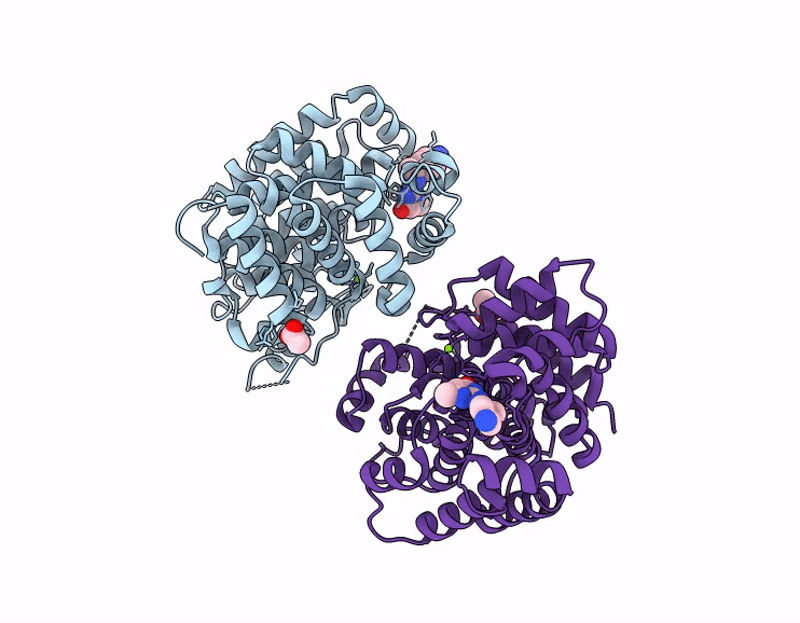
Deposition Date
2025-06-04
Release Date
2025-09-24
Last Version Date
2025-10-29
Entry Detail
PDB ID:
9RFE
Keywords:
Title:
Human ADP-ribosylhydrolase 3 (ARH3) in complex with an inhibitor
Biological Source:
Source Organism:
Homo sapiens (Taxon ID: 9606)
Host Organism:
Method Details:
Experimental Method:
Resolution:
1.85 Å
R-Value Free:
0.20
R-Value Work:
0.16
Space Group:
P 1


